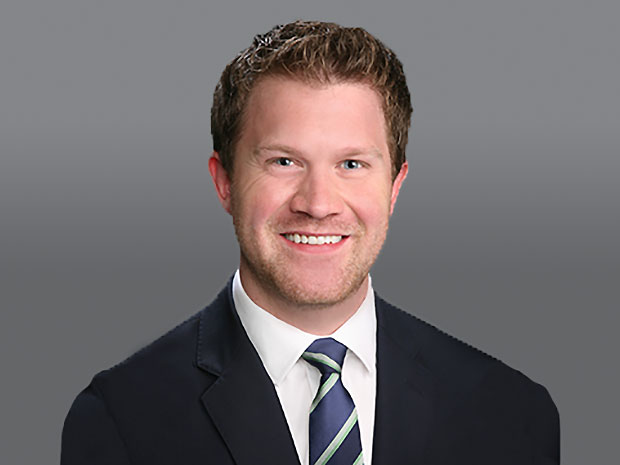There is an often-quoted saying from Winston Churchill that Americans will always do the right thing, only after they have tried everything else. For many Paycheck Protection Program borrowers, the ’right-thing’ has been to allow tax deductibility for covered expenses paid with PPP forgiven funds. While tax deductibility was said to be Congressional intent all along, the IRS and Department of the Treasury relied upon precedent and another often-quoted saying that readers of tax law are well familiar with – ‘If Congress had intended [to make PPP expenditures deductible] it would have said so.’
Congress has now said so. Contained within the Consolidated Appropriations Act, 2021, the Economic Aid to Hard-Hit Small Businesses, Nonprofits, and Venues Act (the Act) expressly provides that for all PPP borrowers, “no [tax] deduction is to be denied or reduced, no tax attribute shall be reduced, and no basis increase shall be denied, by reason of the exclusion from gross income…” This legislative correction obviates several concerns that PPP borrowers had with respect to the lack of tax deductibility, especially the impact on a PPP borrower’s research and development credit computation or the impact on the qualified business income deduction for a pass through entity. For partnerships or S corporations, the Act instructs PPP borrowers to treat tax-exempt income from loan forgiveness as tax-exempt income for purposes of sections 705 and 1366 and that any increase in the adjusted basis of a partner’s interest under section 705 shall equal the partner’s distributive share of deductions from costs giving rise to loan forgiveness.
The amendment will be effective for taxable years ending after the date of enactment of the CARES Act (Mar. 27, 2020) and covers both first round and second-draw funding under the PPP.
Changes to the forgiveness process
In addition to the tax deductibility fix, PPP borrowers with loans under $2 million will welcome the new streamlined SBA loan forgiveness procedures. Presumably, PPP lenders will also welcome these changes.
PPP borrowers with loans of $150,000 or less will be able to attest, on a single-page form to be released, that they complied with PPP requirements.
Finally, the Act provides for additional eligible nonpayroll expenses, classified as covered operations expenditures, covered property damage costs, covered supplier costs and covered worker protection expenditures as forgivable costs and repeals the requirement that the SBA deduct an EIDL Advance from the PPP loan forgiveness amount.
Continued access to PPP
Borrowers that may have been shut out of the PPP prior to the Aug. 5, 2020 end date may be able to access the loan program under slightly revised terms. In addition, certain 501(c)(6) organizations and destination marketing organizations now have access, provided they meet certain employee count limitations as well as lobbying receipt/activity restrictions. Also gaining access to PPP are certain local newspapers and TV and radio broadcasters.
Second-draw program
Also included in the stimulus packages is a second-draw program intended for the hardest-hit PPP borrowers. As the calendar changes over to the first day of winter, some of the hardest-hit industries, such as restaurants or accommodations, may draw upon this additional funding as a lifeline through the colder weather. Under the second-draw loan program, a PPP borrower that has 300 or fewer employees and has had a decline in gross receipts of 25% or more during any quarter in 2020 as compared to that same quarter in 2019 may apply for additional funds. There are special rules for potential borrowers that may not have started a business during 2019 or 2020. The maximum loan amount under the second-draw program is $2 million and borrowers that received an initial PPP loan must have used or will use the full amount of the initial loan.
Small businesses in the restaurant and hospitality industries receive a benefit of being able to calculate their loan amounts based on 3.5 times the prior year average total monthly payroll (trailing 12 months or 2019, at election of borrower) rather than 2.5 times the average total monthly payroll. These entities with an NAICS code that starts with 72 (Accommodation and Food Services) can look at each physical location to determine the 300 or fewer employee limitation, but the total amount of all covered loans cannot exceed the $2 million maximum.
Congress is much clearer about ineligible industries in this Act, specifically detailing out the ineligible industries under SBA regulations 13 CFR 120.110. In addition, companies must not be a business concern or entity that has certain ownership or organization under of the People’s Republic of China or the Special Administrative Region of Hong Kong and/or must not retain as a member of the board of directors, a person who is a resident of the People’s Republic of China, or any person required to submit a registration statement under section 2 of the Foreign Agents Registration Act of 1938.




